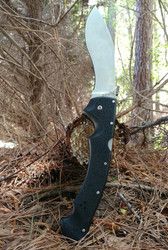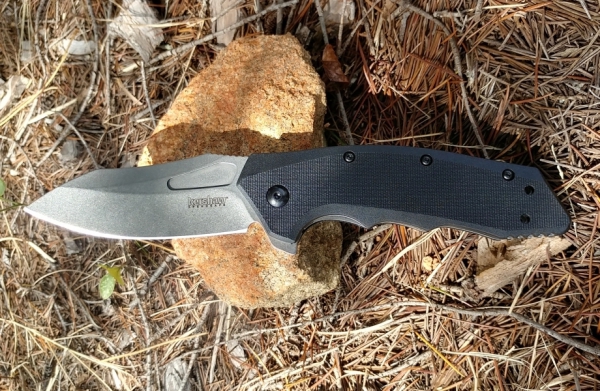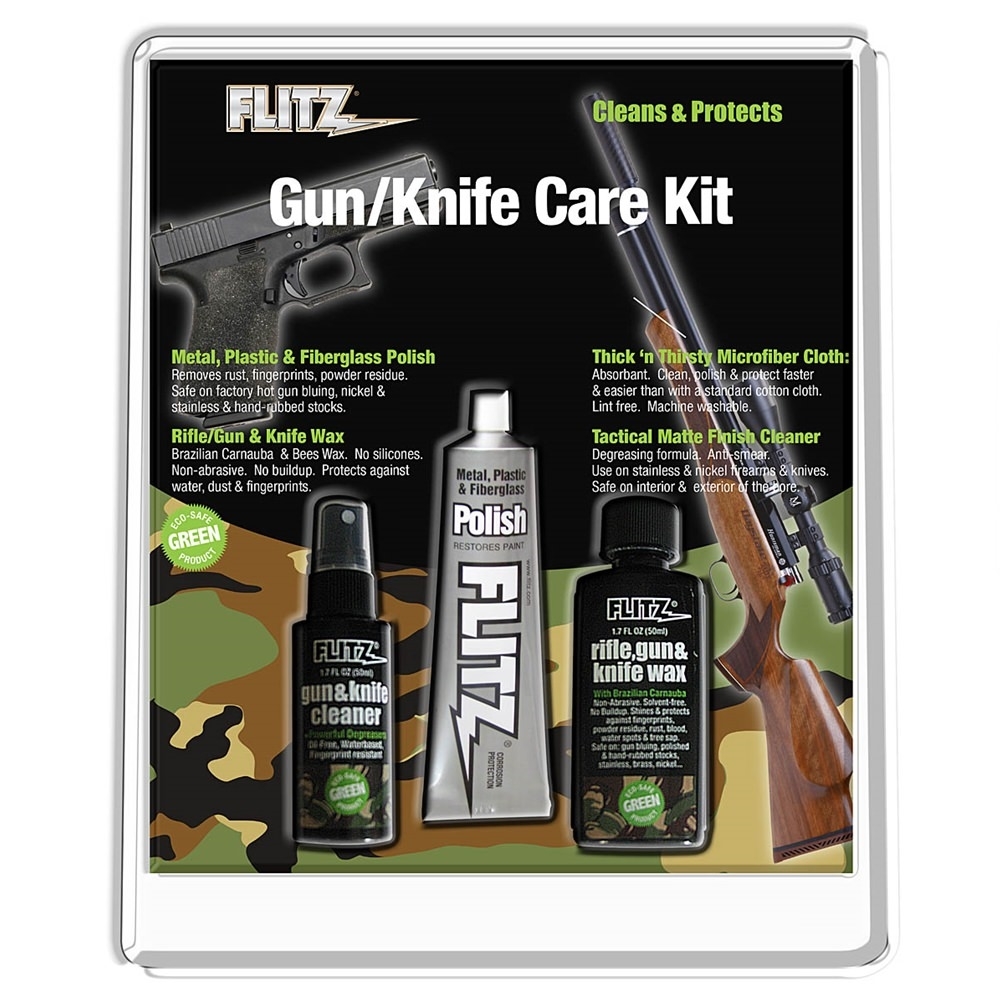Tips on How to Maintain a Pocket Knife
22nd Oct 2018
Pocket knife is a versatile tool and invaluable in many situations. How do you keep it in perfect working condition and help it last? Glad you asked! For that to happen, you’ll need to use good maintenance habits. Below, we’ve listed a few tips:
Clean your knife
A good habit to cultivate is to wipe the blade thoroughly after each use. Still, once in a while you need to clean it more comprehensively. So, get your cleaning tools ready, such as a toothpick, toothbrush, a soft cloth and knife cleaning liquid or mild dishwashing detergent and water. Wipe the knife down with the liquid or soapy water and use the toothpick to get into the corners. It is particularly important to keep the pivot free from debris. Rinse and dry the knife IMMEDIATELY, especially if it has a high carbon steel blade. A couple of drops of household oil on the blade will help prevent rust (this is more important for high carbon than stainless steel). Some owners like to take the knife apart but you can also lose the warranty if you do that.
Oil keeps it running smooth
It is not necessary to lubricate a knife you have recently purchased from a factory. Those are already lubricated. Remember that new knives may take time to break in and open and close easily so there is no need to oil your knife, at least not initially. Later, after some use, you can lubricate the blade every now and then. (There are quality lubricants on the market that you can get with good research.) Coat the blade lightly and use a few drops on the pivot to prevent rust and enable smooth opening of the knife.
A sharp knife is a good knife
Keep the knife sharp and ready. As the cliché goes, a sharp knife is safer to use than a dull one. Besides keeping your fingers safe, a sharp knife is also a lot more efficient. There are many types of knife sharpeners but these three are common and trusted.
Fight rust
More than breaks or clumsy owners a blade’s number one curse is rust. There are different types of rust; some are manageable while others require more effort to clean.
- Light rust comes off with a soft cloth and a knife cleaner or lubricating oil.
- For heavy rust, a knife cleaner may not work so you have to purchase a rust-removing solution. Just ensure you are using a solution that does not discolor the blade.
- Vegetables are also good blade cleaning agents. For instance, if you keep the blade stuck in potato for some time the rust can disappear.
And – this is important – do not use water to clean rust! Moisture causes rust.
Storage tips
You can store the knives closed or open. Some manufacturers prefer the latter, to decompress the springs inside. Clean and lightly lubricate the pivot and the bare metal parts before putting the knife away. Also, do not keep the knife in places that attract moisture.
DON’TS!
- A knife is not a screwdriver. It does the job sometimes but you always run the risk of breaking the tip or messing up the shape of the blade.
- Do not use the tip of the knife to pry. The tip is a weak part of the knife and not meant to be used as a prying tool.
- Do not leave a knife wet. Wet means moisture and moisture means rust.
- A knife is made of metal but that is no license to treat it roughly. Knives break!
If you have a pocket knife that you want to maintain in the best way possible we recommend you check out our Flitz Care Kit which comes with a cleaner, polish and wax protectant and a micro-fiber cloth for application. We also have other knife care and maintenance options.


 Gift Cards
Gift Cards

